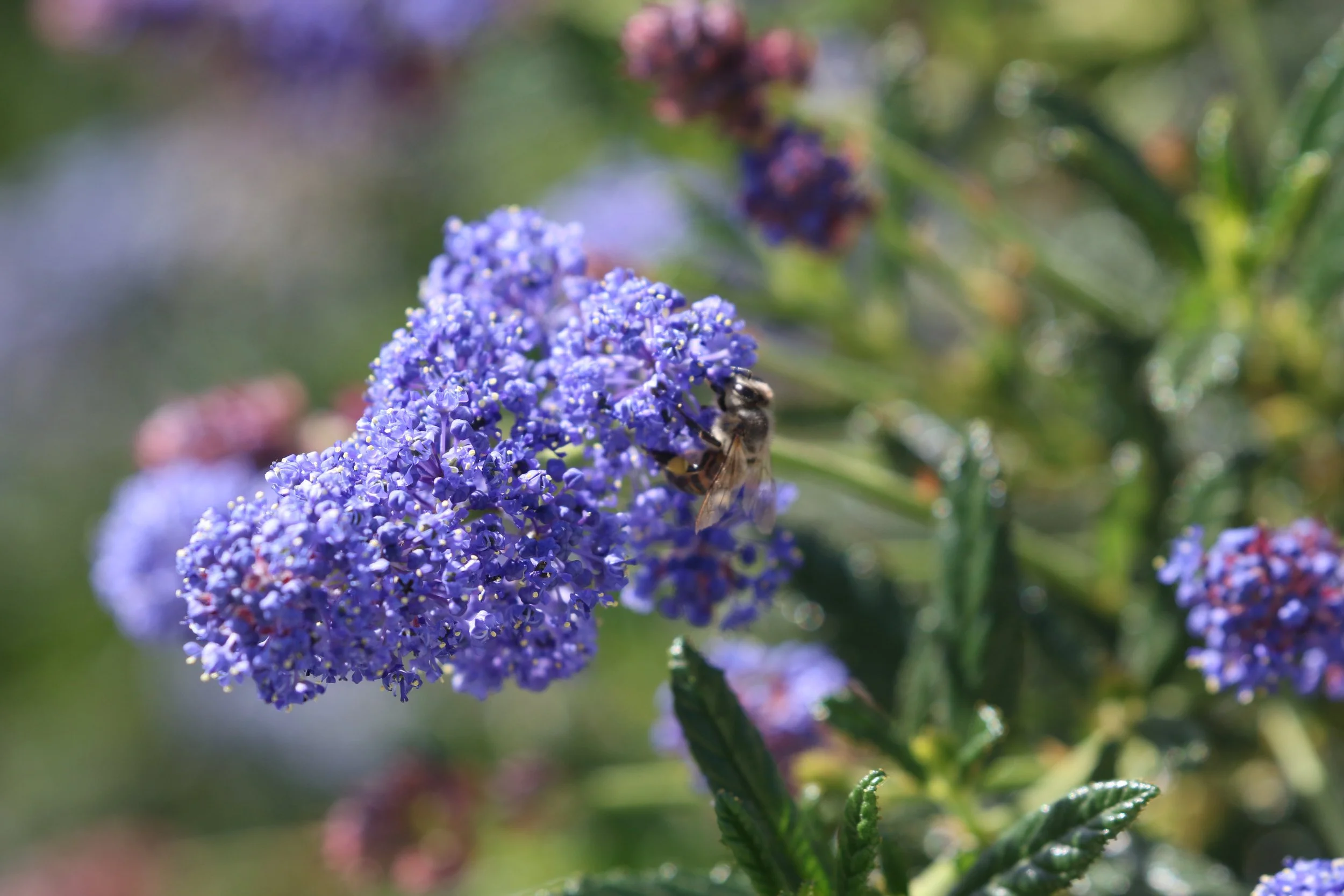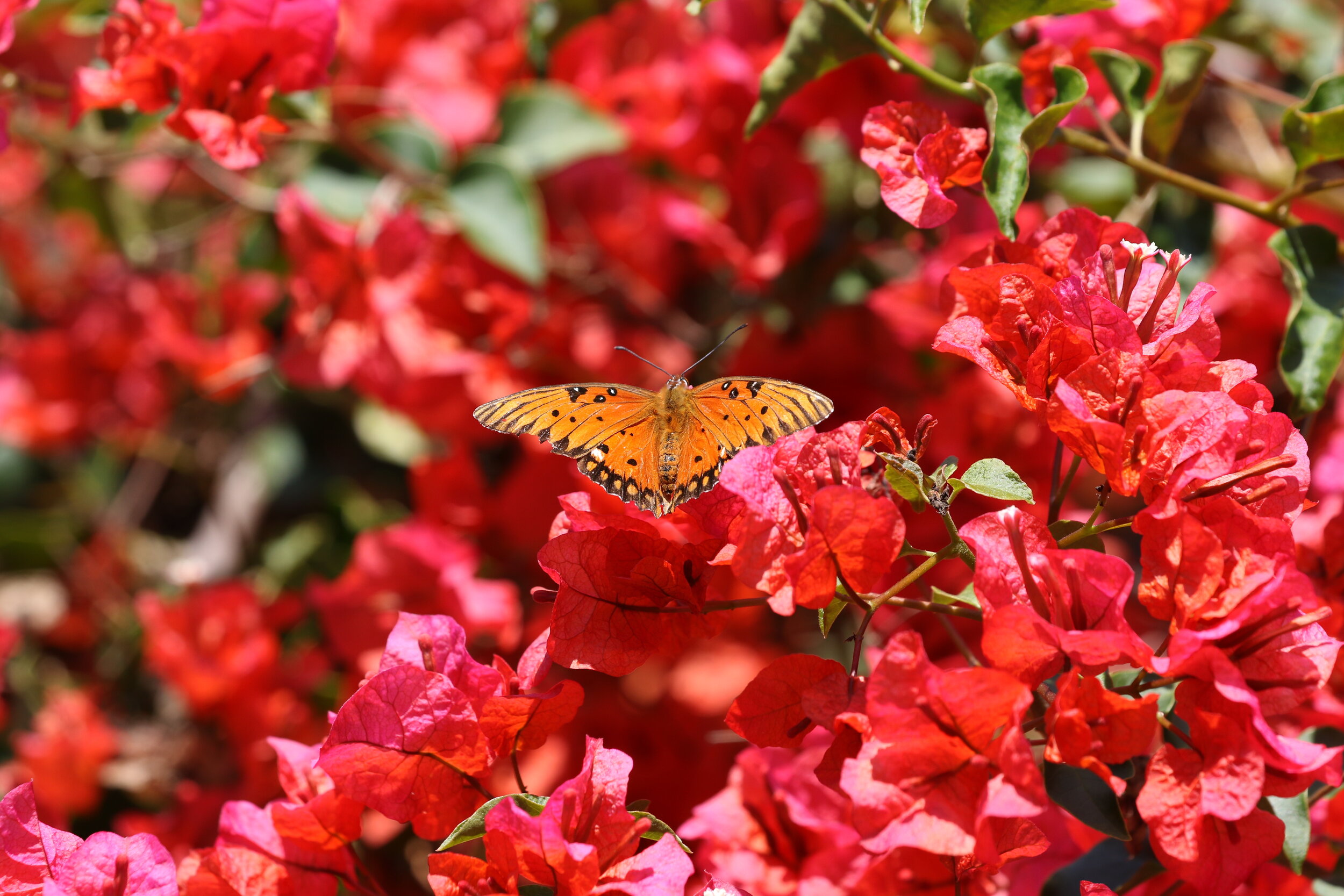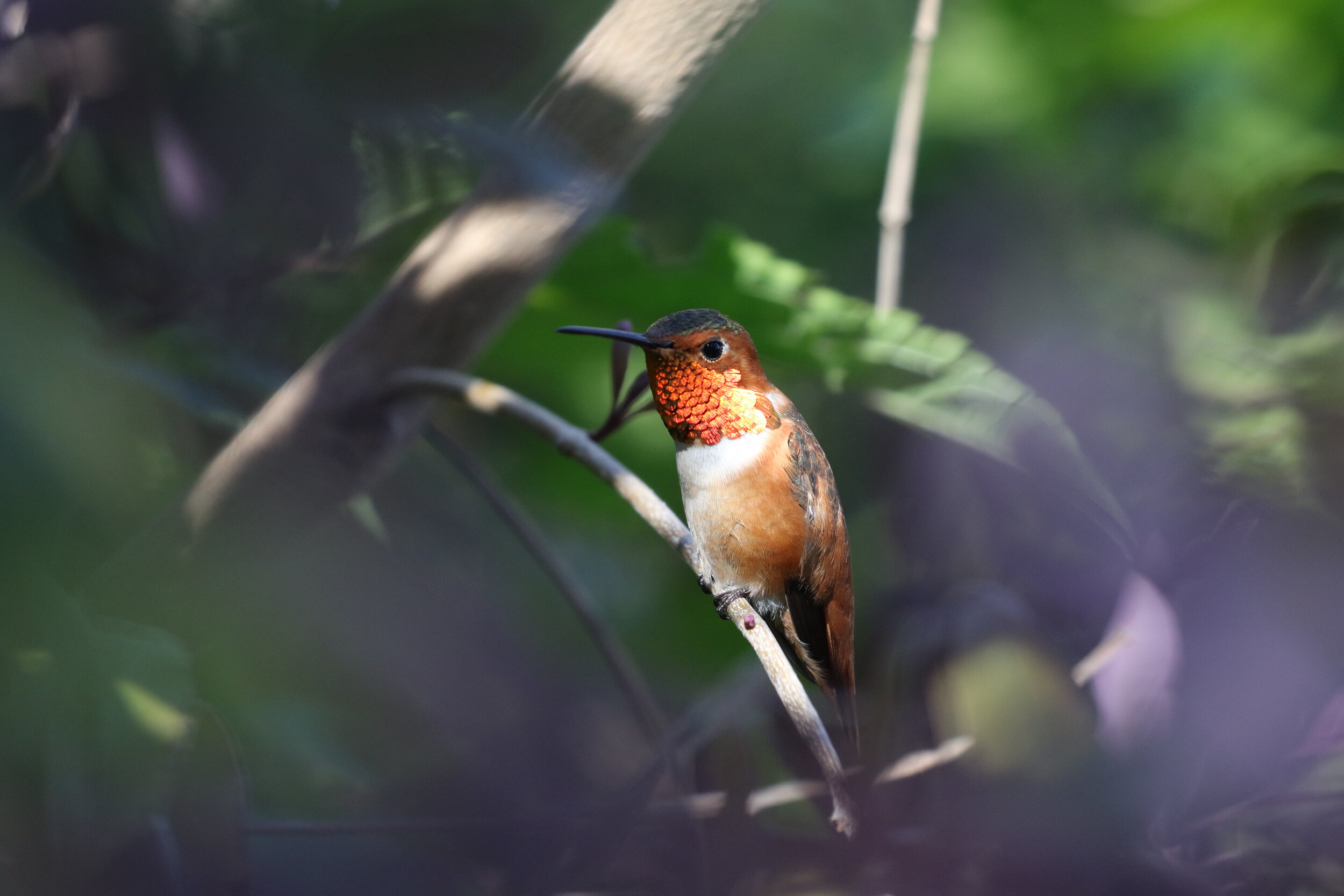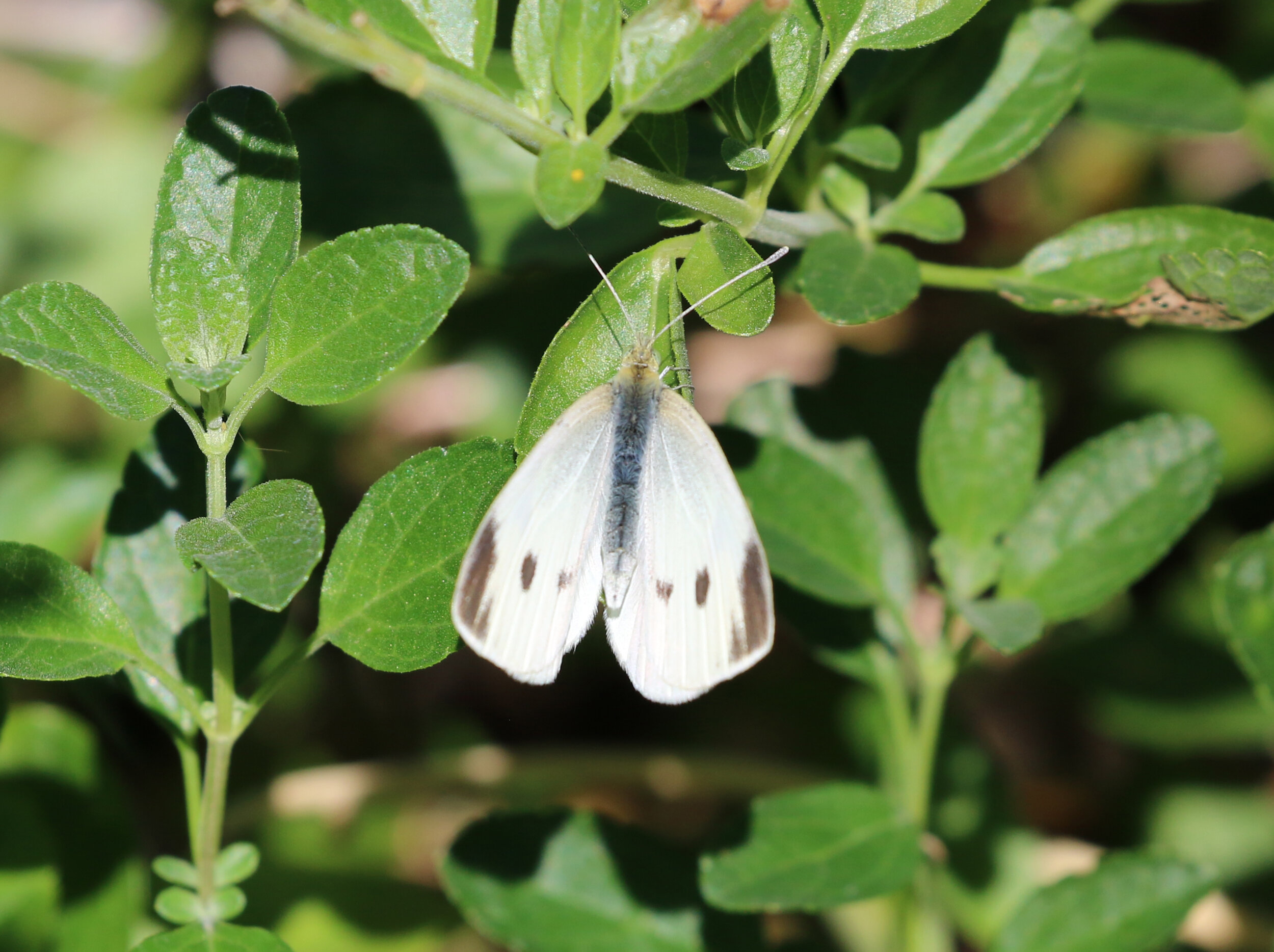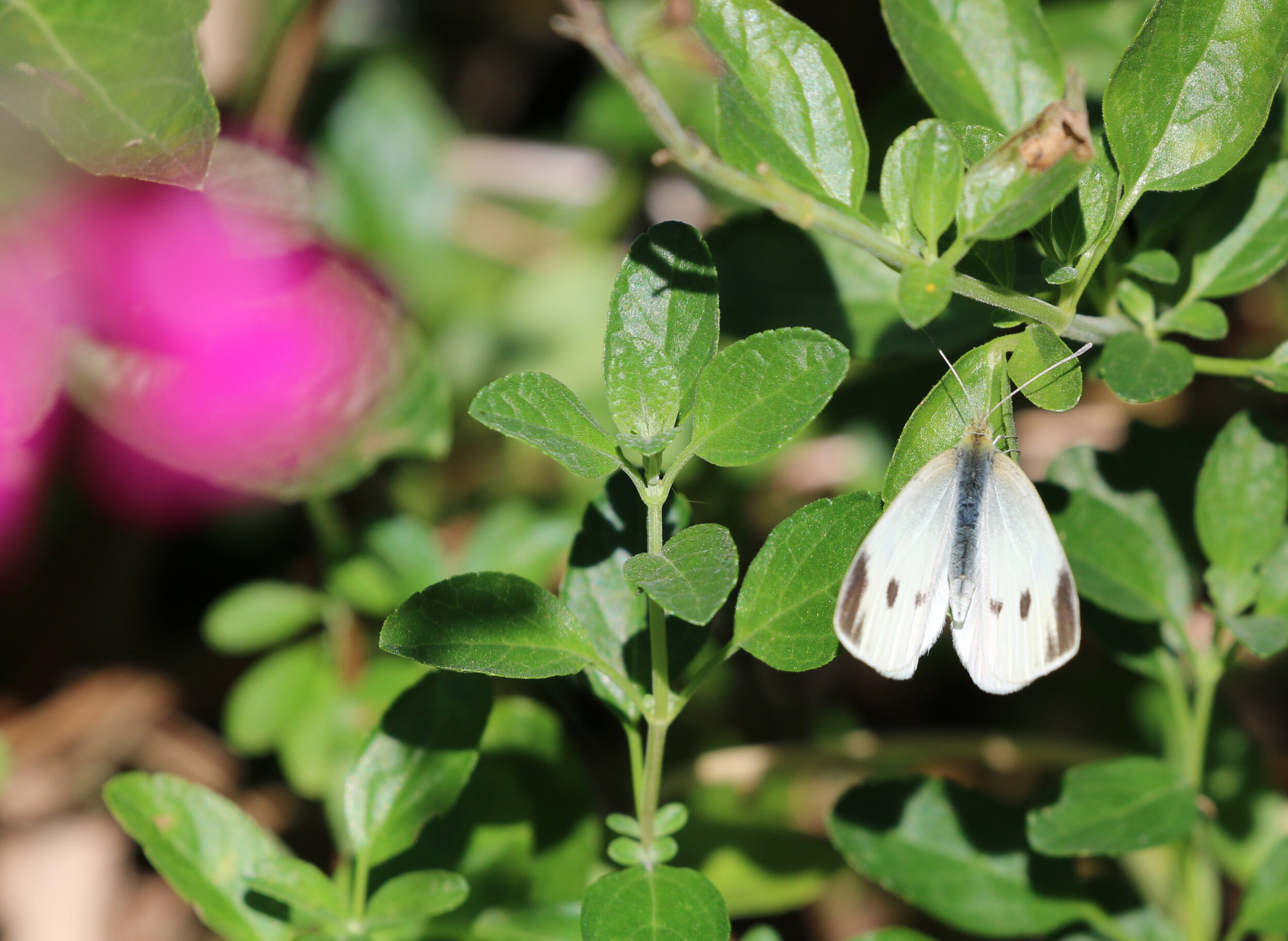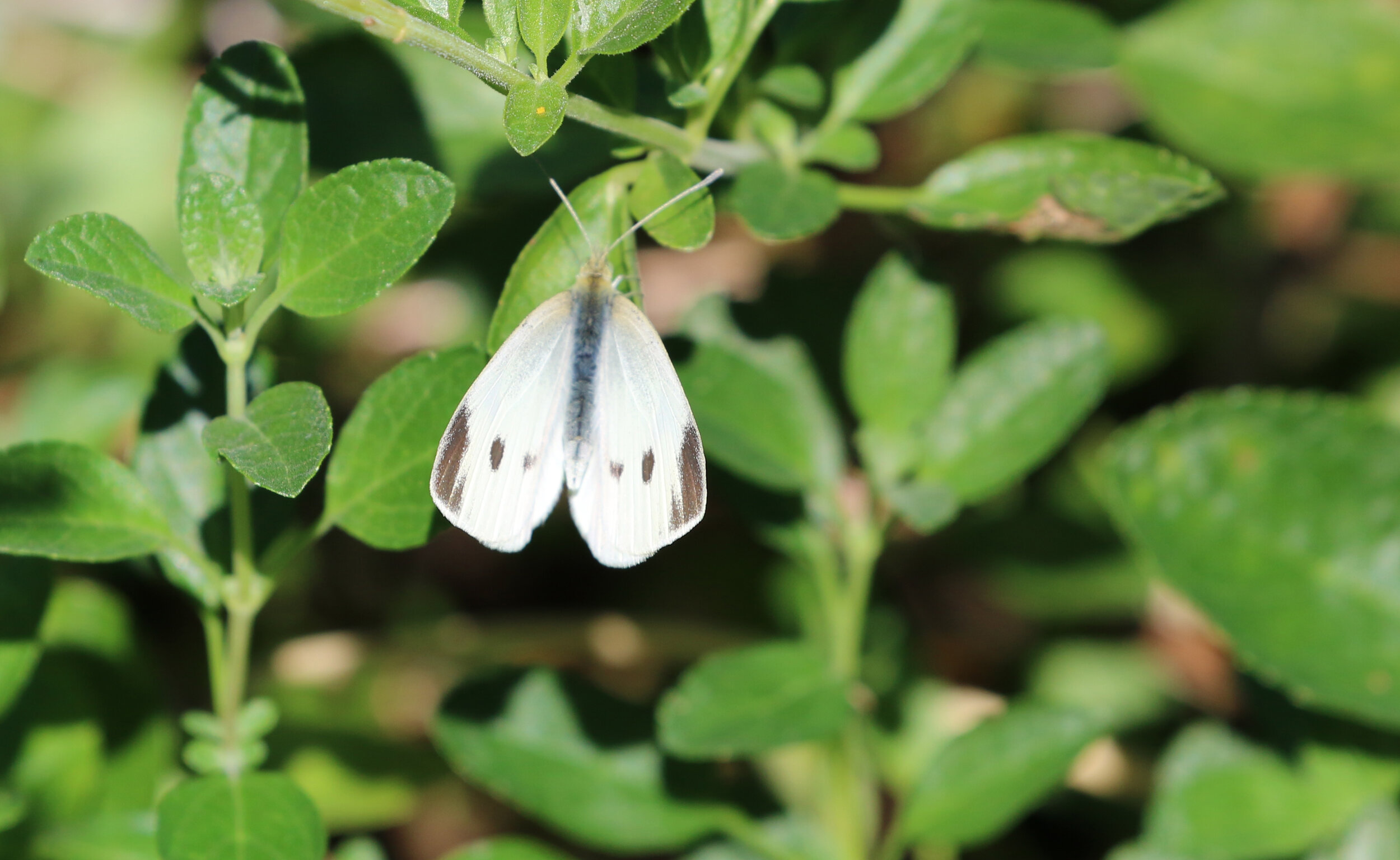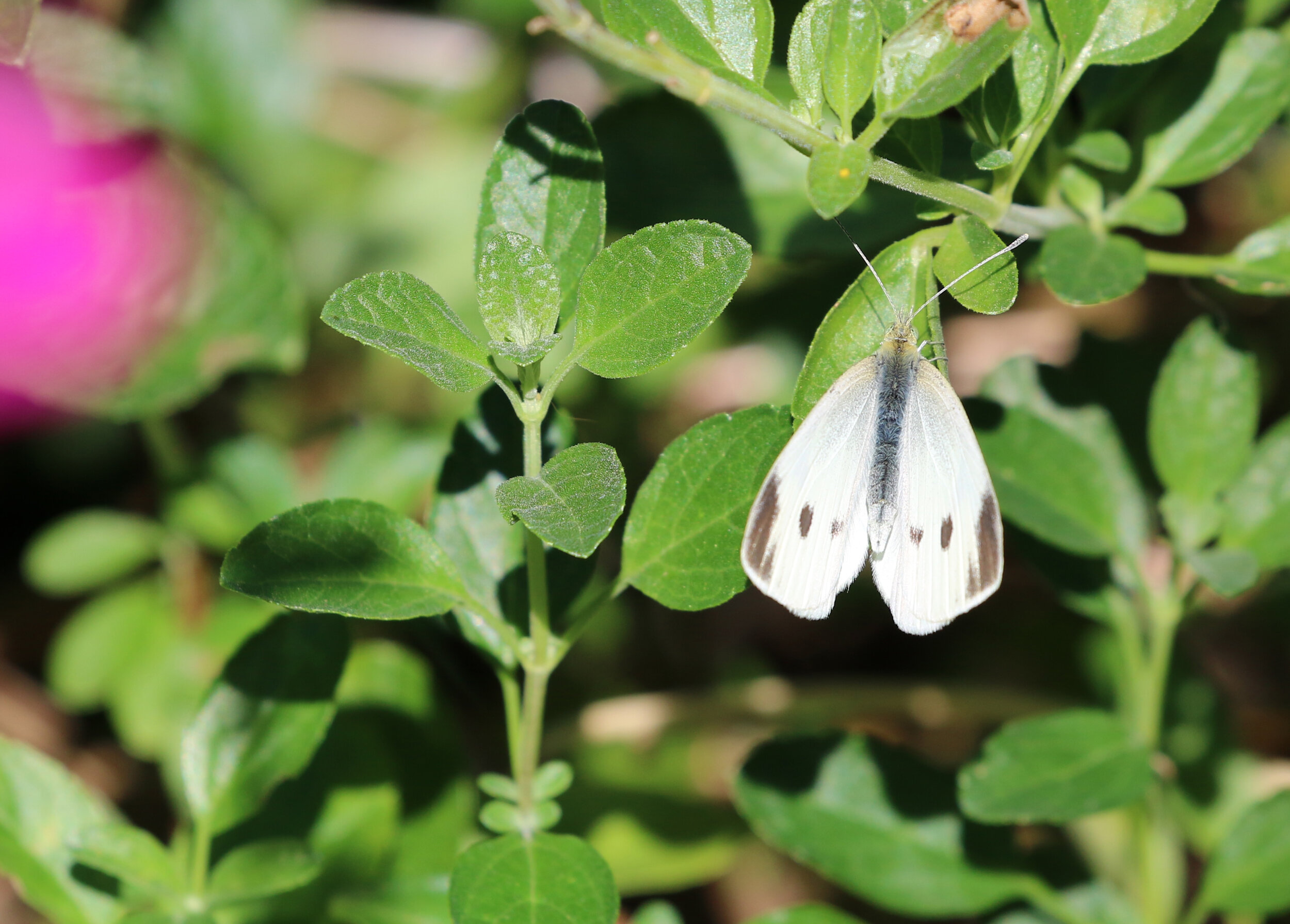Happy World Bee Day!
The UN has designated May 20th as World Bee Day to celebrate bees and highlight their essential work in the function of our ecosystem. Through pollination, bees work together with many species such as butterflies and hummingbirds to create a livable environment for all, contributing massive efforts to biodiversity and food security. Unfortunately, despite their critical role in maintaining a habitable ecosystem, the bee population is rapidly declining due to unsustainable farm practices and rising temperatures. As a team of nature enthusiasts and bee lovers, Kale Tree celebrates World Bee Day by sharing our appreciation of this incredibly hardworking and diverse insect.
Bees are an extraordinarily diverse species-- There are 30,000 different species of bee across the world, approximately 4,000 species in the United States, and over 1,500 identified bee species just in California! As such, California is home to some of the most diverse bee populations in the country, which is reflected by the state's equally large and diverse plant population.
One of the many bees you can find in California is the Apis mellifera, commonly known as a Honey Bee. Aptly named, Honey Bees are the only bee species that make enough honey to harvest. Honey Bees are highly social and are identifiable by their thick bodies and yellow or brown striped abdomens. Male Honey Bees do not have stingers, although they are typically larger than their female friends. Although Honey Bees can be found in California, they are native to Europe and pollinate in areas worldwide.
Another bee commonly found in California is the gentle Xylocopa, also known as Carpenter Bees. Carpenter bees are shiny, large, and stout in appearance and have sparse hair covering their bodies. There are three different species of Carpenter bees in California, and they tend to nest in soft, decaying woods. Carpenter bees have small mouths and typically visit larger flowers as they are easier to derive nectar.
The ever-fuzzy, stout, and large Bombus, or Bumble Bee has black hair covering their bodies with yellow, white, or red bands. There have been 27 different Bumble Bees recorded in California, and the Bombus californicus or California Bumble Bee is native to the state. Bumble Bees tend to nest underground, but some species are known to nest in abandoned bird nests or birdhouses. Bumble Bees pollinate from a broad range of plants and food sources, including avocados, cherries, and blackberries. Bumble Bees are unique in their ability to engage in "buzz pollination," in which they vibrate at a frequency required for pollen to release from plants such as tomatoes, eggplants, and peppers.
Many people think of bees as pests and take measures to deter them from gardens and outdoor activities to avoid being stung. However, bees are generally non-aggressive and can be easily identified by their compact, hairy bodies to distinguish against common stinging insects, such as wasps, who have long bodies with little to no hair. While there are thousands of bee species on Earth, many are identifiable through their branch-like hair, two pairs of wings, and "well-developed antennae."
We can support bees and their pollination efforts by creating gardens that are attractive to many species of bees. With the right plants and a little research, your garden can attract up to fifty different bee species. Flowering California native plants can be beautiful additions to your garden while helping to support bees.
At Kale Tree, we celebrate bees every day through our nature-inspired, eco-friendly home decor.
Bibliography
Frankie, Gordon W., et al. California Bees and Gardens. Heyday, 2014.
Jadallah, Christopher, et al. Common Bees in California Gardens. University of California Agriculture and Natural Resources, 2015.
“World Bee Day.” United Nations, United Nations, 2022, https://www.un.org/en/observances/bee-day.
NATIONAL POLLINATOR WEEK
National Pollinator Week is an exciting new celebration of pollinators and their critical contribution to healthy ecosystems and food crops.
Proclaimed officially yesterday (June 21st, 2021) by the Secretary of the Interior, Pollinator week is an opportunity to encourage “…communities across the country to support the health of pollinators in North America….[and] to restore balance to nature”.
National Pollinator Week is an exciting new celebration of pollinators and their critical contribution to healthy ecosystems and food crops.
Proclaimed officially yesterday by the Secretary of the Interior, Pollinator week is an opportunity to encourage “…communities across the country to support the health of pollinators in North America….[and] to restore balance to nature”.
Bees, butterflies, moths, hummingbirds are all critical pollinators in California and beyond. Fascinatingly there are more varieties of hummingbirds on the west coast than on the east coast. The US Forest service explains that “in the eastern United States, there is only one kind of hummingbird, the ruby-throated hummingbird. In the southwestern states, birdwatchers can find a dozen species of hummingbirds”.
Despite their beauty and wonder, pollinators are in danger! The National Wildlife Federation offers 10 ways to help save pollinators. These suggestions include growing native plants, providing shelter (housing) for bees who don't make hives (there are a surprising amount of them!), and avoiding pesticides.
To celebrate our local pollinators, Sarah has shared some of her favorite photos of pollinators visiting her garden.
A female Carpenter bee enjoys the Senna in bloom.
A bee collects pollen from a wildflower.
Bees visit Pride of Madeira in Sarah’s garden.
Founded by WELL- and LEED-accredited interior designer Sarah Barnard, Kale Tree collaborates with artists and artisans.
Based in Southern California, our studio gathers inspiration from the mountains, ocean and desert wildlife that surrounds us.
Through Kale Tree, Sarah works with a collective of like-minded artists, designers and artisans from diverse backgrounds and perspectives unified by the same commitment: To create healthful, ethically produced goods inspired by the intersection of art, design, and nature.
Kale Tree celebrates weaving, painting, illustration, sculpture, and textile design. All goods are made with love to bring beauty and inspire joy.
